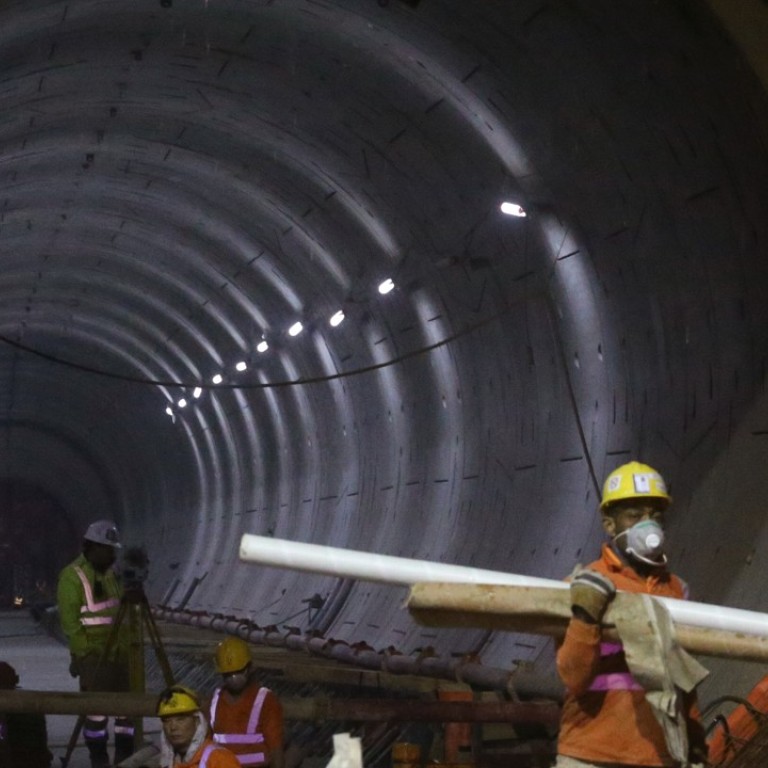
Years late and billions of dollars too expensive, here are Hong Kong’s budget black holes
The Sha Tin-Central rail link is to cost HK$16.5 billion more than expected, joining the ranks of the city’s other ill-fated mega infrastructure projects
With its latest HK$16.5 billion cost overrun, the MTR’s Sha Tin-Central Link is set to become Hong Kong’s most expensive rail project in history. But the project, to be completed in two phases between 2019 and 2021, is only one of a number of infrastructure developments in the city that have faced delays and budget overruns over the past few years.
“A rough estimate of the added value to our economy brought about by these projects, from commissioning to a mature stage, would be more than HK$100 billion annually, amounting to some 7 per cent of our GDP in 2006. In addition, some 250,000 additional jobs would be created,” Tsang said in his policy address that year.
Below are the problems some of these projects have since run into.
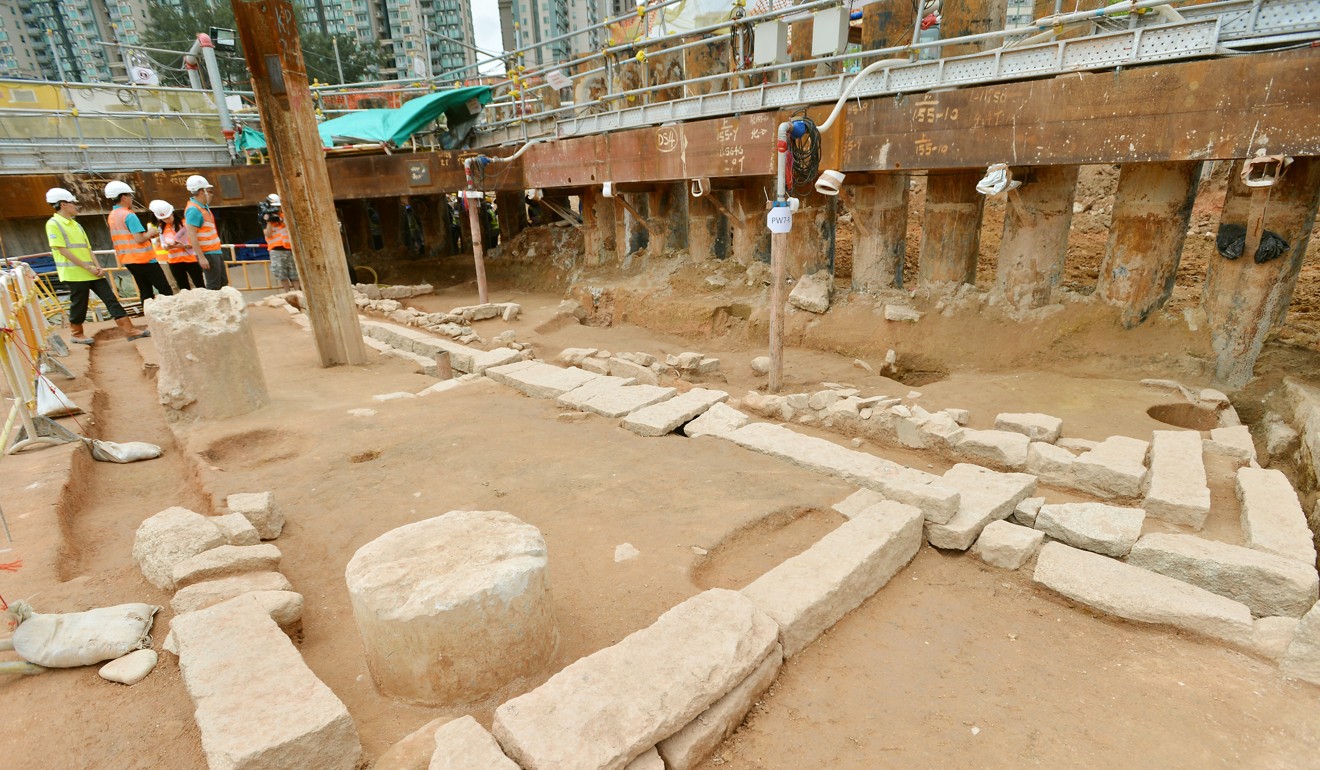
Sha Tin-Central Link
The biggest expansion of the MTR network since its inception in 1979, the 17km line consists of 10 stops, from the New Territories to Kowloon and across the harbour to Hong Kong Island.
The project has had to overcome a series of obstacles since construction began in 2012, including the discovery of historical artefacts dating back to the Song or Yuan dynasties, which delayed work by nearly a year.
A military shipwreck found near the site where the underwater tunnel would cross the harbour further hampered progress.
The mishaps have pushed the completion dates – from 2018 for the first section and 2020 for the cross-harbour segment – to 2019 and 2021 respectively.
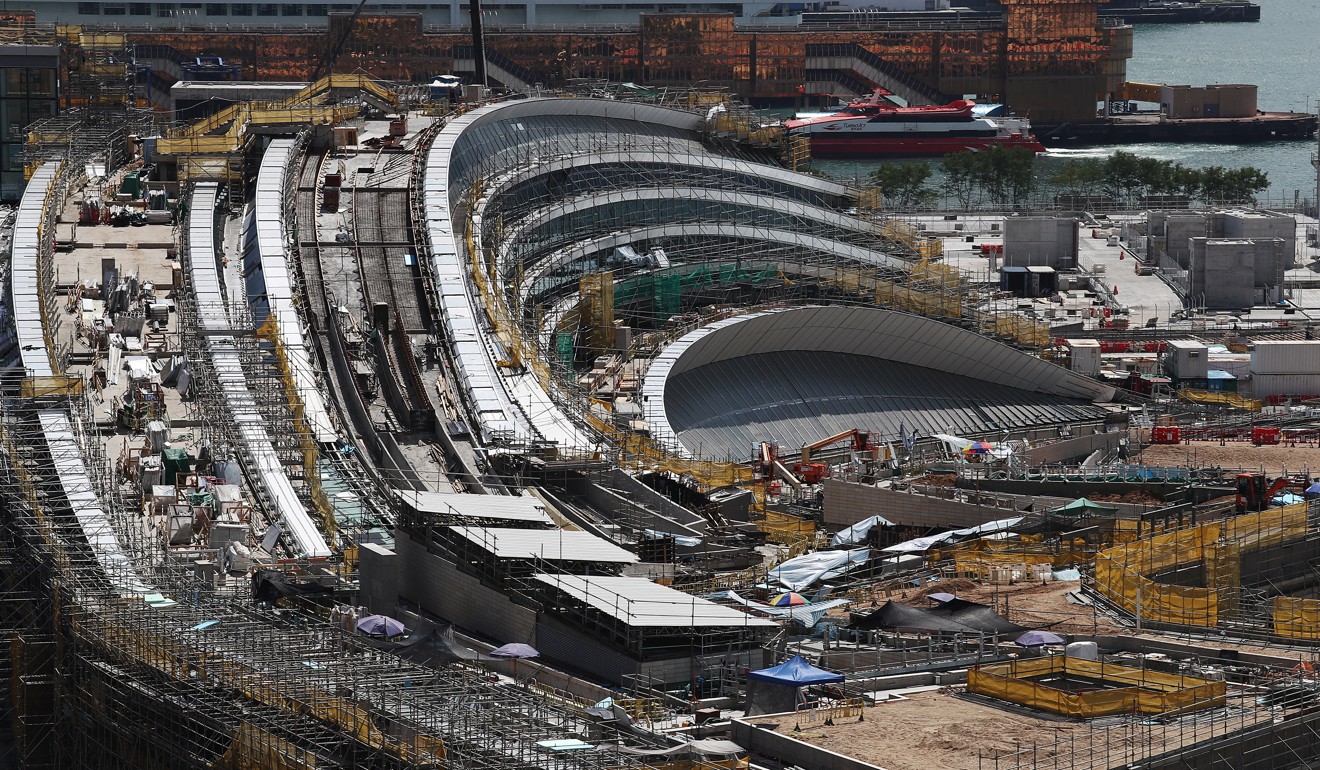
Guangzhou-Shenzhen-Hong Kong Express Rail Link
After initial public funding of HK$66.9 billion in 2010, the cost has since ballooned to HK$84.4 billion, with the MTR Corporation – the project builder – agreeing to cover any additional costs.
The original operation date of 2015 was also twice delayed due to flooding and previously unforeseen technical challenges, with completion currently set for the third quarter of 2018.

Hong Kong-Zhuhai-Macau bridge
Originally scheduled to open in 2016, the project was plagued by technical challenges, including the drifting of the artificial island, near Hong Kong airport, that housed the boundary crossing facilities.
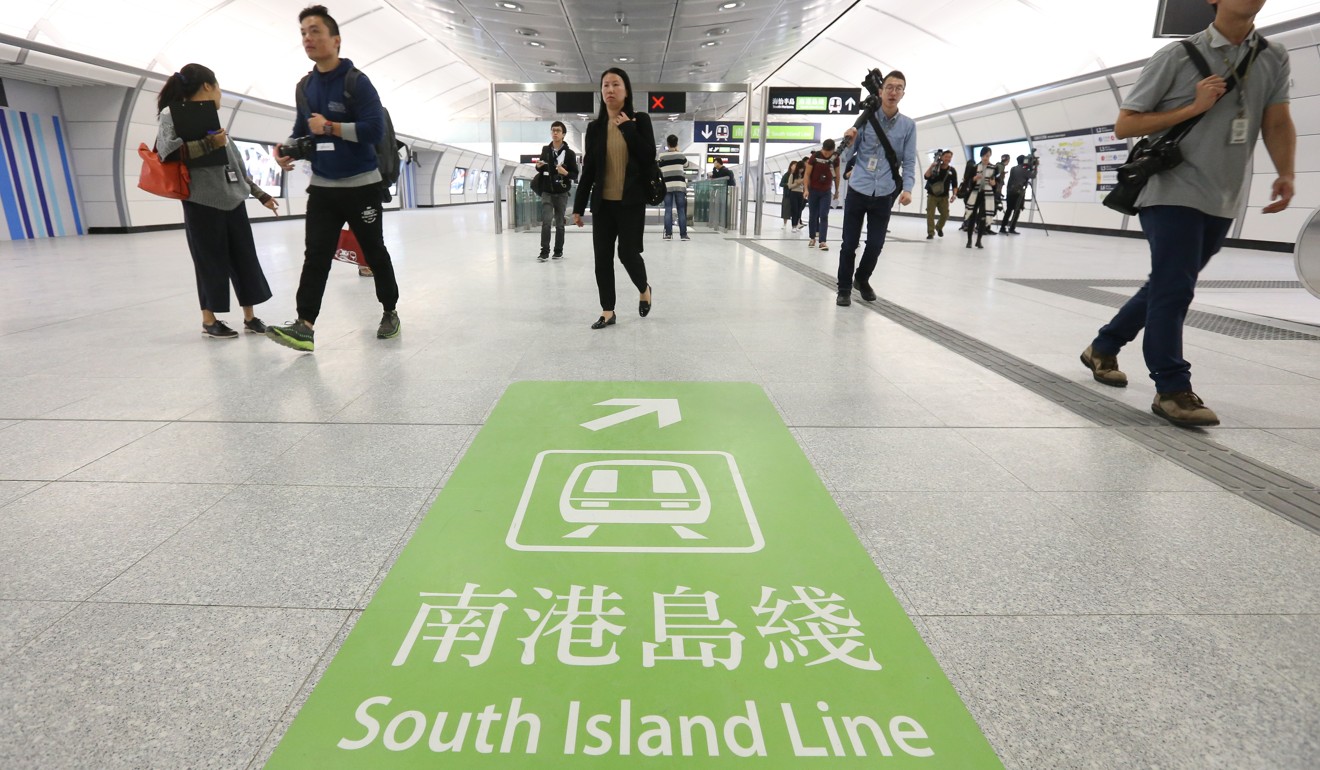
South Island Line
A 7.4km MTR extension connecting Admiralty to Ap Lei Chau, the project was highly anticipated by both Southern District residents, who endure severe traffic congestion, and tourists visiting Ocean Park in Wong Chuk Hang. It enabled the MTR to cover all of Hong Kong’s 18 districts.
The cost also went up, albeit mildly, from HK$15.2 billion to HK$16.9 billion.
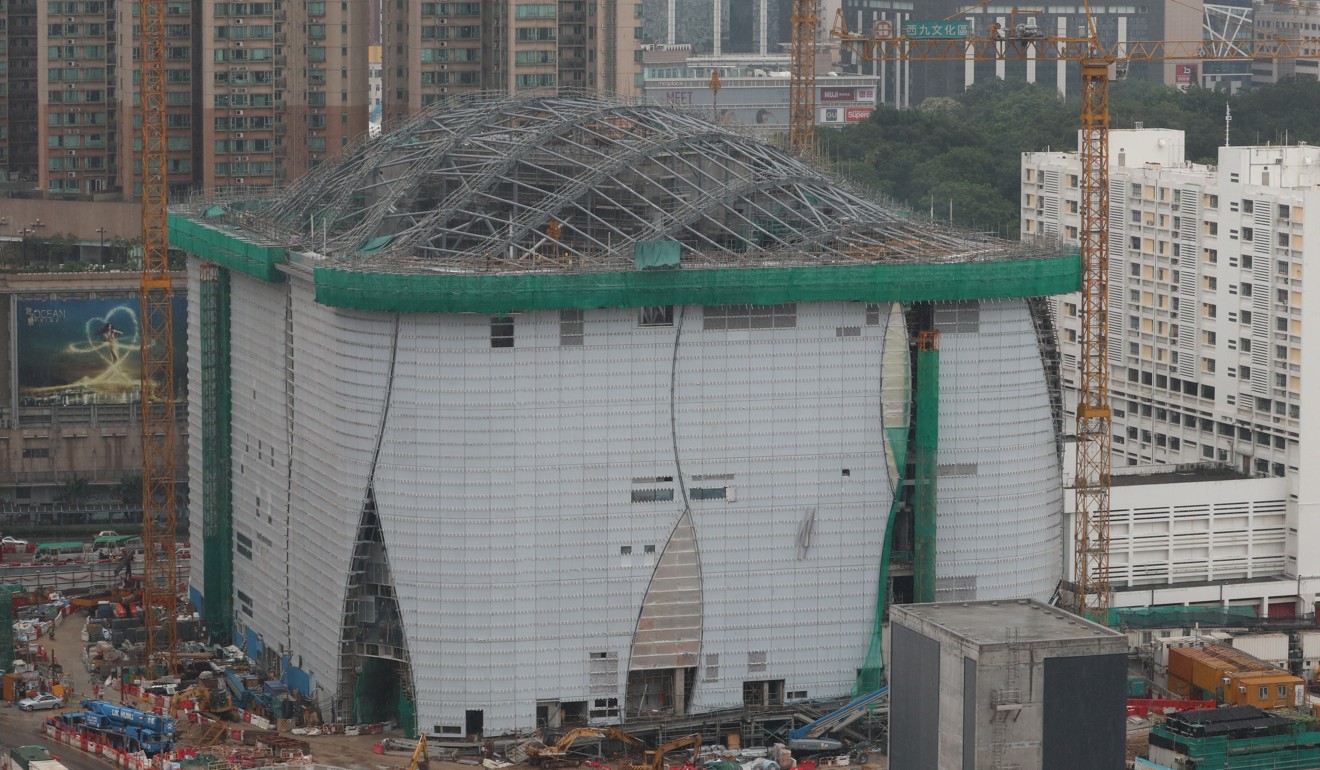
West Kowloon Cultural District
The first design, which included a landmark canopy structure, was bulldozed in 2006, with the current plan finalised only in 2011, together with a one-off public cash injection of HK$21.6 billion.
Despite plans to roll out the first phase facilities by 2015, large areas remain building sites and vacant at the moment.
The Xiqu Centre – a Chinese opera theatre – and the M+ Museum are slated for completion in 2018 and 2019, with the Palace Museum to follow in 2022.

